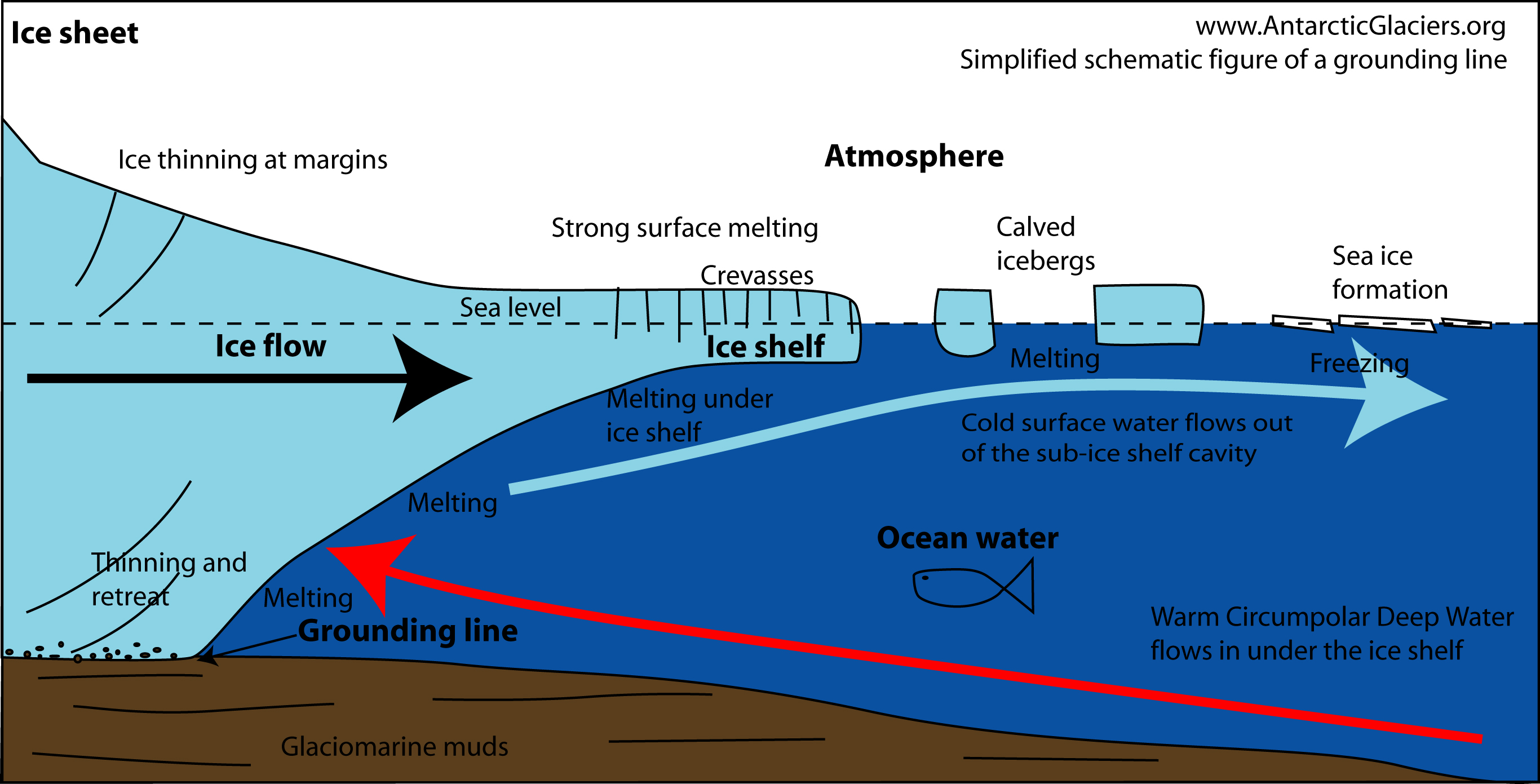Antarctica's Thwaites Glacier hasn't been doing so well. It's close to irreversibly melting, it has a huge cavity growing underneath it, and it's the poster child for everything wrong with our reliance on fossil fuels.
But a robotic underwater vehicle called Icefin just snapped the first pictures of Thwaites' foundations of the ocean floor, and the results are surprisingly peaceful.
Icefin wasn't just there to take soothing videos to calm our climate-change-caused anxiety. The research vehicle has an important job to help scientists monitor and better understand the condition of the glacier.

The robotic vehicle investigated the 'grounding line' under the glacier – the changing line between where Thwaites rests on the ocean bed and where it floats over water. That grounding line is important for the stability of the glacier, because the farther the line retreats, the faster the ice flows into the sea, therefore adding to our rising sea levels.
"Visiting the grounding line is one of the reasons work like this is important because we can drive right up to it and actually measure where it is," said Britney Schmidt, a geophysicist who is part of International Thwaites Glacier Collaboration.
"It's the first time anyone has done that or has ever even seen the grounding zone of a major glacier under the water, and that's the place where the greatest degree of melting and destabilisation can occur."
According to news reports, at the base of the ice on the grounding line, the team found that the water was 2 degrees Celsius above the normal freezing point.
 (antarcticglaciers.org/CC BY-NC 4.0)
(antarcticglaciers.org/CC BY-NC 4.0)
The team collected seismic and radar measurements, took cores from the seafloor, and used Icefin on five missions – including one intended to get as close as possible to the intersection of the ice and seafloor.
"We saw amazing ice interactions driven by sediments at the line and from the rapid melting from warm ocean water," added Schmidt.
The Thwaites Glacier has already shed a lot of ice into the ocean; it accounts for about four percent of global sea level rise.
And the entire Antarctic ice sheet is melting nearly six times faster than 40 years ago.
Scientists are nervous that if this trend continues, Thwaites will hit a tipping point, the glacier will collapse, and we'd be looking at over half a metre (20 inches) of sea level rise.
"We know that warmer ocean waters are eroding many of West Antarctica's glaciers, but we're particularly concerned about Thwaites," said Keith Nicholls, an oceanographer from the British Antarctic Survey.
"This new data will provide a new perspective of the processes taking place, so we can predict future change with more certainty."
But, for the moment, let's just enjoy the beauty of nature, while it's still here to appreciate.
